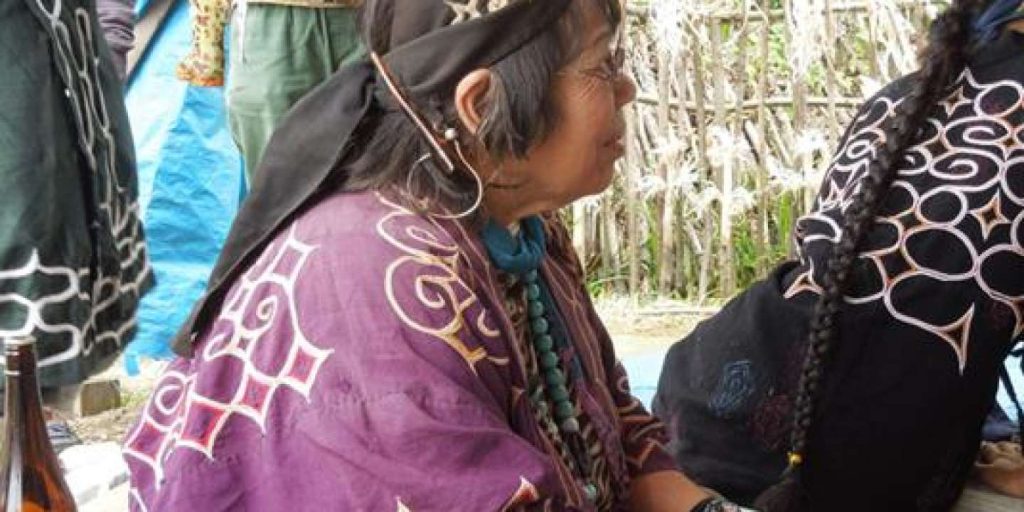
In Japan, “the last shaman sells hope, but also gives it back to the most desperate”
maintenanceHeirs of fading ancestral traditions, Japanese shamans help weave connections between the visible and invisible worlds. Sociologist Muriel Jolivet went to meet the last of them.
The modernization of Japan in no way affected the set of small beliefs and rituals, including communication with the deceased. The practice was revived after 2,500 people disappeared whose bodies were never found, among the 19,650 victims of the March 11, 2011 tsunami, who were “unrelated” who could become ghosts.
Sociologist Muriel Jolivet has lived in Japan for many years. She has authored dozens of books on Japanese society, and has gone to meet these shamans who, it is said, have the power to bring down the spirit of the dead on them, and to make them speak through their mouths, which doctors sometimes use to improve their lives. diagnosed. A huge and fascinating report based on impressive Japanese documents, interspersed with shaman portraits, descriptions of places and encounters, collected in Another shaman of Japan. Face the invisible in the land of the rising sun (Vega, 2021).
I have worked on this survey for ten years. What made you become interested in the world of shamans?
In more than forty years of social research about Japan, I have often come across accounts of ghosts, contacts with the dead, and visits by shamans that seemed to me anecdotal. Gradually, I realized the importance and frequency of this ritual in Japanese society. Shaman refers to the complex spirituality in which Shinto is mixed [polythéisme animiste]Esoteric Buddhism and local folklore.
There are shamans from north to south of the archipelago. How did you choose your survey sites?
The Tohoku and Okinawa regions are great places. shaman itaku The Tohoku region is part of a long-standing tradition, as it was one of the few outlets available to the visually impaired, often victims of measles. Other options were to become a masseuse or Walnut Itinerant singers who accompanied themselves on the Shamseen [luth japonais à trois cordes] And she moved to five or six, an average of twenty kilometers she walks every day. The least visually impaired served as a guide to others, placing a hand on the shoulder of the person in front of him.
The itaku They were put at a very young age into apprenticeship with an elderly man, working as a housekeeper. Instructions were made orally in connection with their initiator, or shisho who lived with them in osmosis. Training was not easy, as they had to memorize all the summons according to the ritual.
You have 80.79% of this article to read. The following is for subscribers only.

“Organizer. Social media geek. General communicator. Bacon scholar. Proud pop culture trailblazer.”
